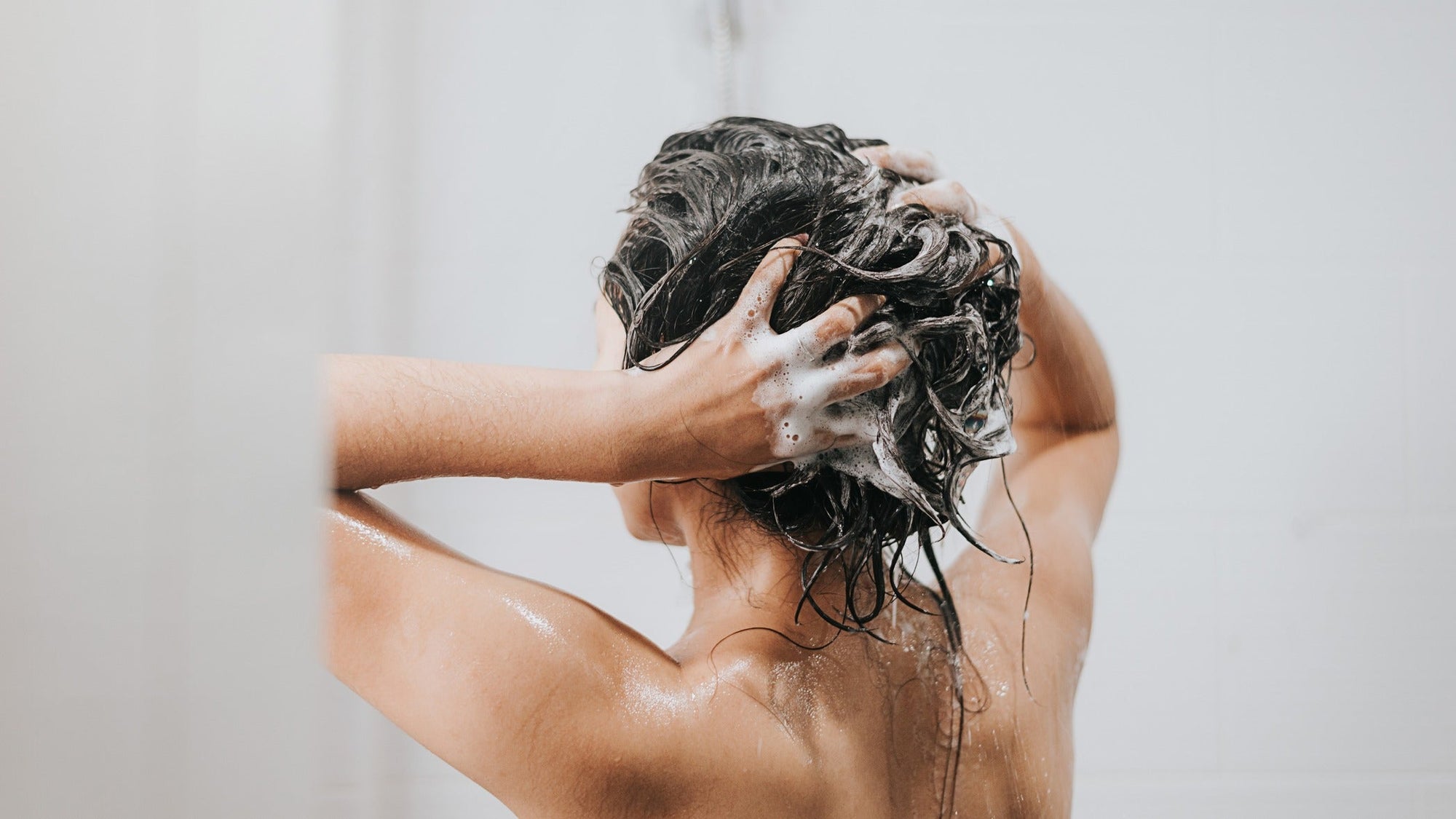Are you new to essential oils? Are you wondering if they are a safe option for your family? The good news is that essential oils are not just the latest fad. Herbs and plant extracts have been used for centuries for medicinal purposes around the world and there have been many scientific studies touting their benefits. One of the most popular ways to use essential oils is to apply them to the skin. They are then absorbed into the bloodstream where they travel to every cell in the body. But how does the average person use them safely and effectively?
Quality Counts
The first step to safe essential oil use is to know where your oils come from. Essential oils are not regulated by the FDA, so there is no governing body ensuring that a company’s claims of purity are in fact true. Take some time to research the oil company you are buying from rather than just grabbing the cheapest oil on the shelf. You will want to be sure that the oil does not have any synthetic chemicals or fillers in it, and that the plants were not sprayed with pesticides or fertilizers during the growing process.
Skin Sensitivity
Before applying essential oils to your skin, read the label on the bottle. If it says “not for topical use,” that is a red flag that the oil is probably not pure and may contain chemical additives that will irritate if not burn your skin. Oils that are purely for fragrance purposes are not likely to give you the therapeutic benefits you’re looking for.
Some essential oils, like lavender, are very gentle and can be used “neat” straight out of the bottle. Others, like peppermint or lemongrass, are considered “hot oils” and should be diluted in a carrier oil prior to topical application. Mix a bit of fatty vegetable oil such as coconut, olive, sweet almond, or avocado oil with a drop or two of essential oil in order to dilute. This will help to slow down the skin’s absorption of the essential oil, thus making your skin less likely to be irritated. Diluting the essential oil in a carrier oil also helps to spread the oil over a large area, so you don’t waste a lot of your valuable essential oil.
For very sensitive skin, such as with babies and young children, you will want to use a small amount of essential oil and dilute heavily. The bottoms of the feet are a good place to apply oils for children because the skin there is less permeable and sensitive.
If you have a reaction to essential oils, discontinue use and massage a carrier oil into the area periodically until the redness or irritation goes away. Try applying to a less sensitive area, such as the bottoms of your feet.
Photosensitivity
Some oils, like most citrus oils, are photosensitive and will have a strong reaction in sunlight. This can result in a nasty burn if you slather yourself with lemon oil and then go to the beach. If you choose to use citrus oils topically, stick to the bottoms of your feet or another area of skin that is covered, or wait 12-24 hours before prolonged exposure to sunlight. Better yet, save your citrus oils for use in an essential oil diffuser. They smell wonderful and add a cheerful vibe to the room!
Eye Safety
It goes without saying, but do not put essential oils into your eyes. They are very potent and will sting. If you accidentally rub your eye after applying oils and you feel a burning sensation, flush your eye with a few drops of milk or olive oil. Do not add water. Water and oil do not mix, so flushing with water will actually drive the essential oil in deeper.
If you follow these simple guidelines for responsible use, you will find that essential oils are a natural alternative that can provide a variety of health benefits for every member of your family.


